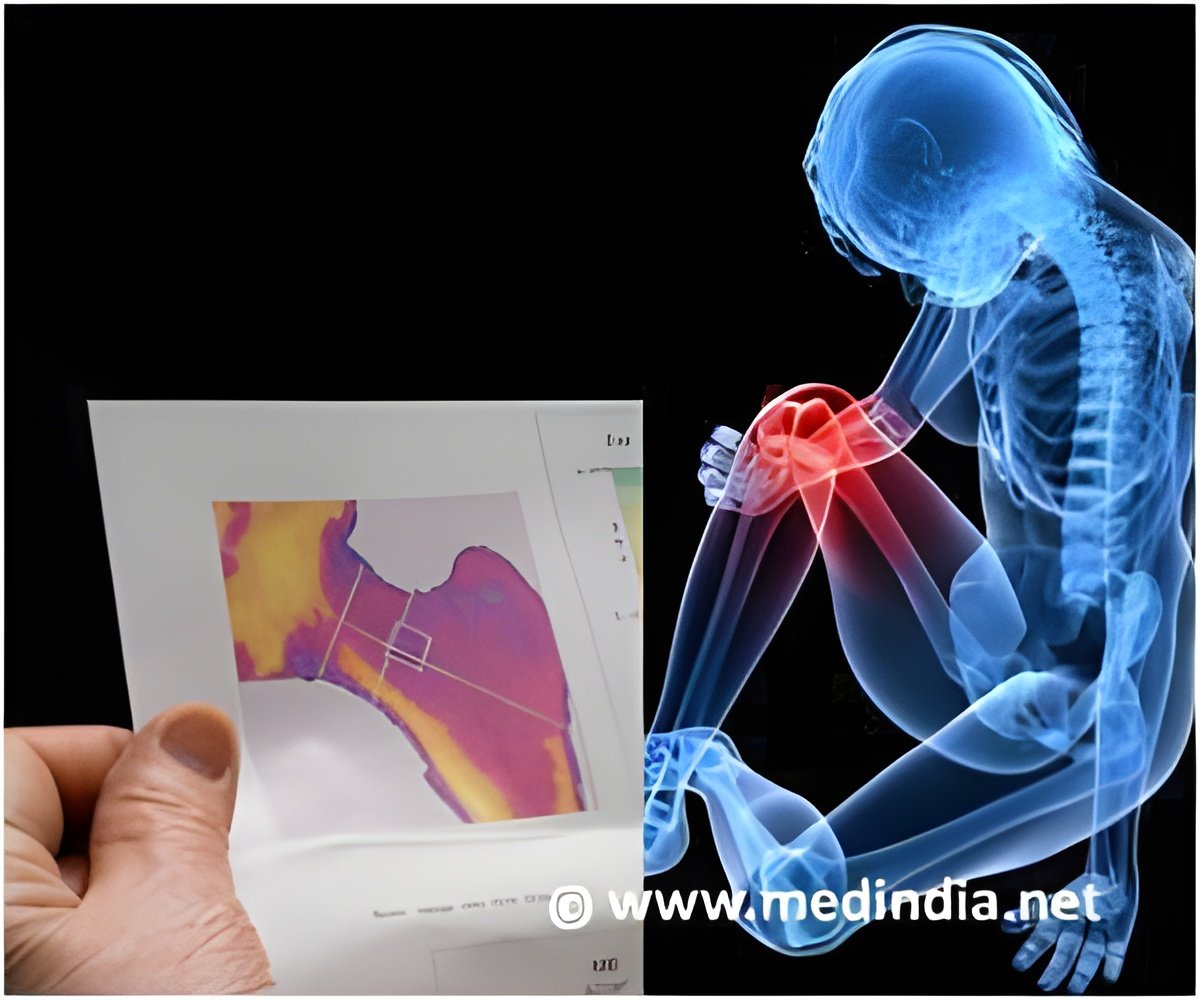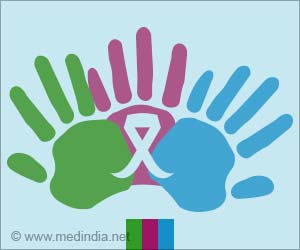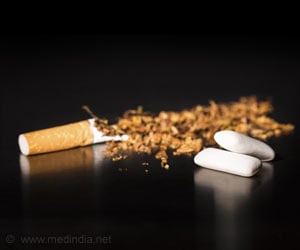Scientists have discovered new ways to help detect and treat the debilitating brittle bone disease.

Osteoporosis is a devastating condition that affects half of all women and a fifth of men over 50 in the UK. The disease can reduce quality of life and more than a 100,000 people die each month because they are not diagnosed and treated early enough.
Dr Alison Gartland from the University of Sheffield, who is leading the research which is funded by Arthritis Research UK, said: "This research is really important as it may help identify women who are at more risk of developing bone diseases such as osteoporosis."
This latest finding follows on from earlier work by the team, published in the Journal of Biomechanics in January 2012, which discovered how individual cells in our bones respond to the stresses and strains every day when we walk, climb stairs or even raise a glass of wine or beer.
"Bone cells release different amounts of the energy molecule ATP depending on the type of mechanical loading or stress that they experience", added Dr Gartland.
"We know that exercise is important to build strong healthy bones, but this latest research might explain how it works. If drugs can control the release of ATP during exercise it could help build bigger and stronger bones."
Advertisement
Dr Gartland, who is based at the Mellanby Centre for Bone Research at the University of Sheffield said: "It's when things go wrong that diseases such as osteoporosis develop – and then our bones can break as easily as snapping a breadstick.
Advertisement
Dr Gartland will be presenting her group's work early in the summer at a series of international meetings in Oxford, Tokyo, and at the annual meeting of the Bone Research Society and National Osteoporosis Society, whose patron is the Duchess of Cornwall, in Manchester.
Source-Eurekalert










